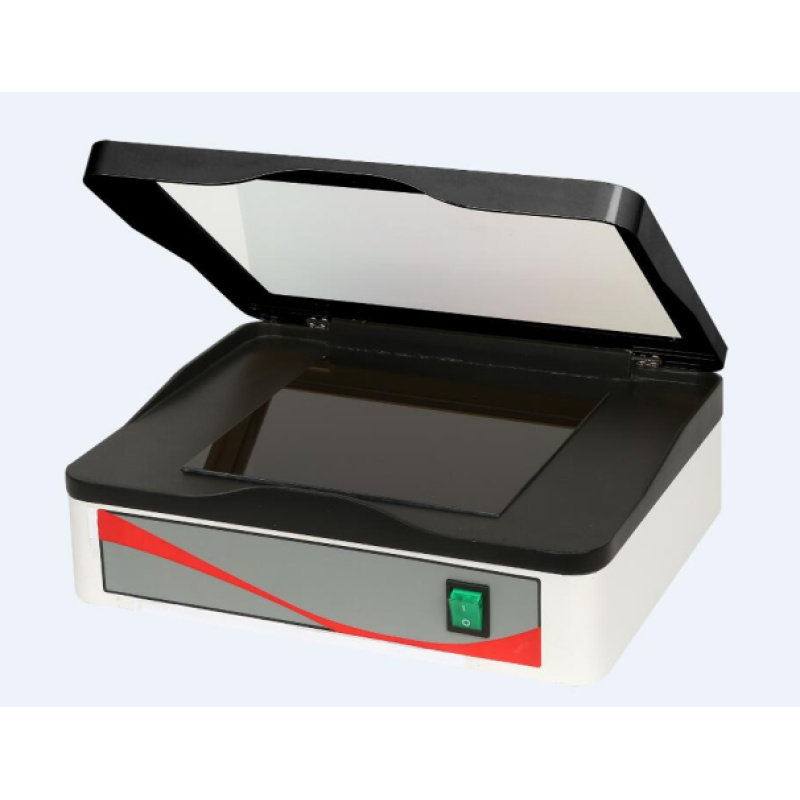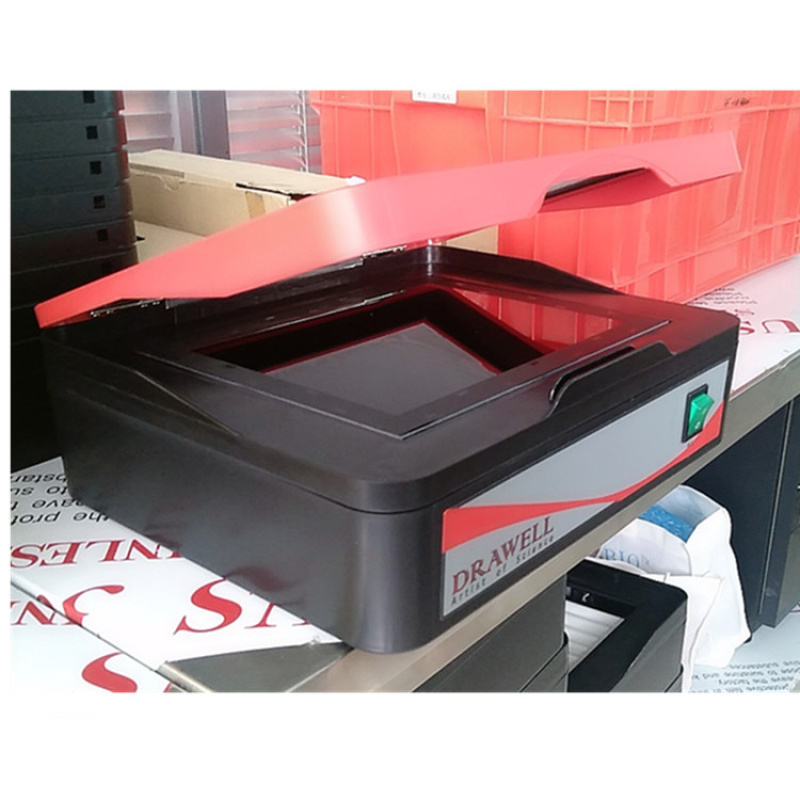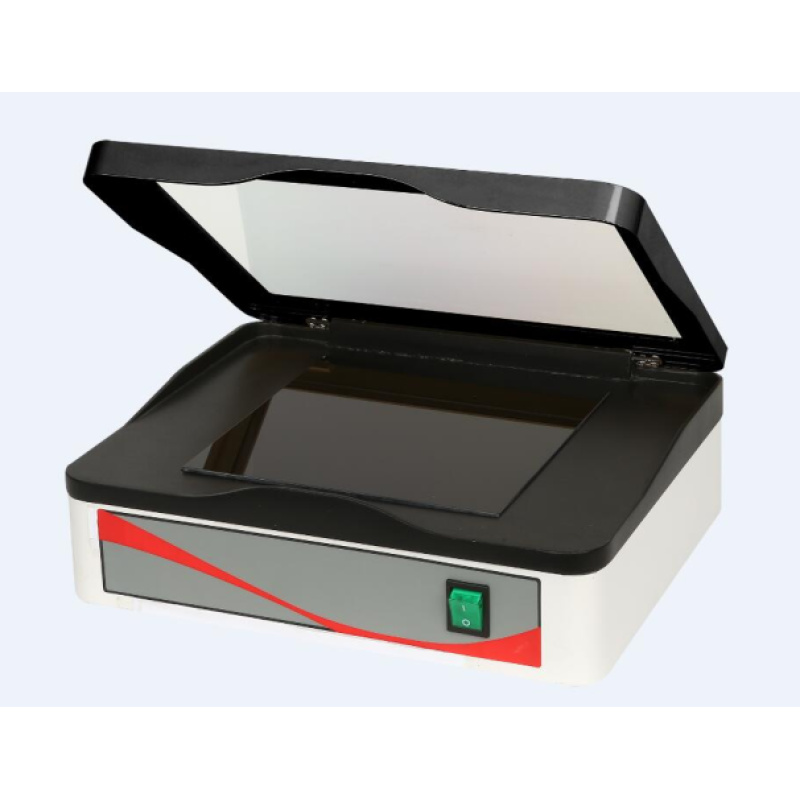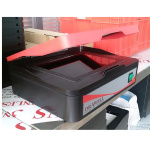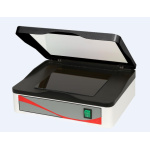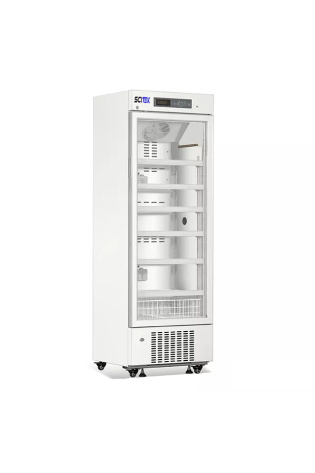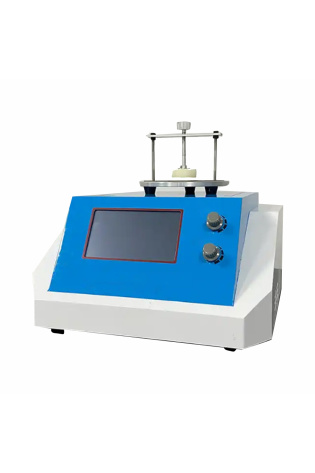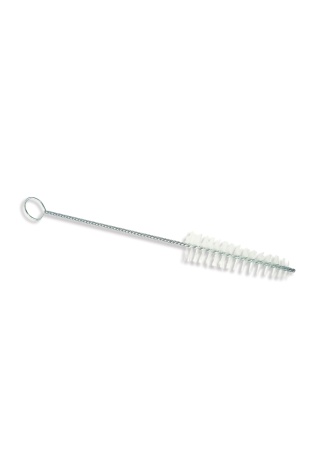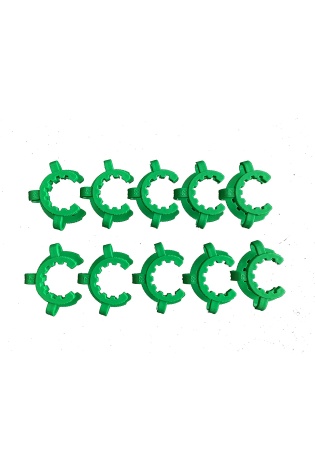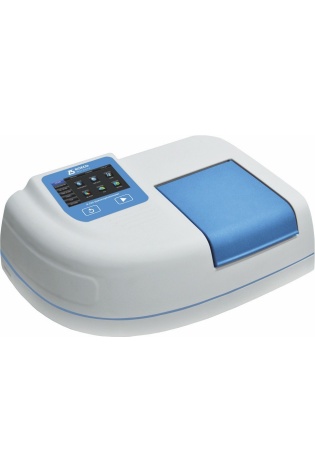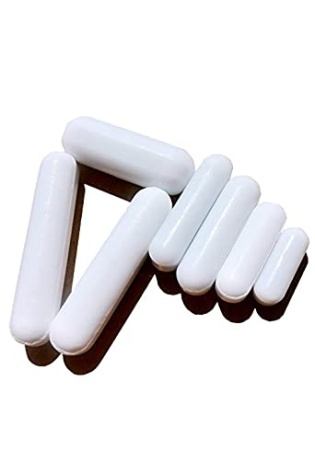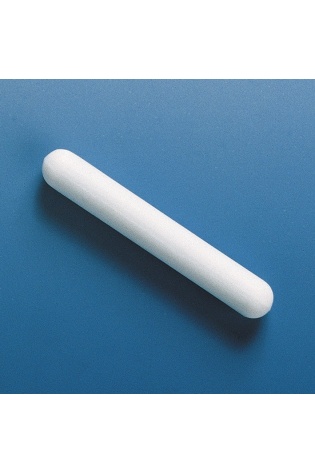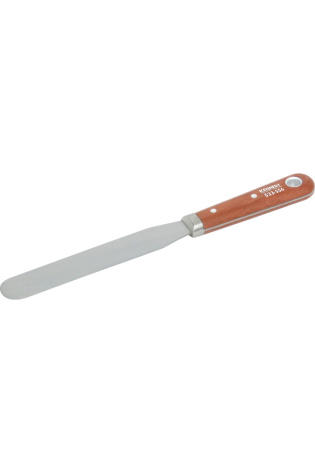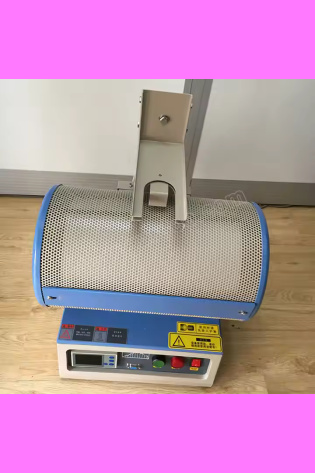UV Transilluminator
Electrophoresis Gel UV Transilluminator
Electrophoresis Gel UV Transilluminator 302 365 254nm
A UV transilluminator is a crucial piece of equipment in molecular biology labs, primarily used to visualize DNA, RNA, and protein samples after they have been separated by gel electrophoresis.
The transilluminator emits ultraviolet (UV) light that excites fluorescent dyes, such as ethidium bromide or SYBR Green, which have been used to stain the nucleic acids or proteins on the gel.
This fluorescence allows researchers to visualize and analyze the separated bands, enabling them to determine the size, concentration, and purity of the molecules.
Here’s a more detailed breakdown of UV Transilluminator the uses:
1. DNA/RNA Visualization:
After DNA or RNA fragments are separated by size in an agarose or polyacrylamide gel using gel electrophoresis, they are stained with a fluorescent dye.
The stained gel is then placed on the UV transilluminator.
The UV light excites the dye, causing the DNA or RNA bands to fluoresce and become visible.
This allows researchers to visualize and analyze the separated DNA or RNA fragments, determining their size, concentration, and purity.
Applications include PCR product sizing, DNA quantification, and verification of RNA integrity after extraction.
Commonly used dyes include ethidium bromide, SYBR Green, and SYBR Safe.
2. Protein Visualization:
UV transilluminators are also used to visualize proteins that have been separated by gel electrophoresis and stained with fluorescent dyes.
Examples include SYPRO Ruby and fluorescein.
The visualization process is similar to that of DNA/RNA, where the UV light excites the dye, causing the protein bands to fluoresce.
3. Gel Documentation:
Many UV transilluminators are integrated into gel documentation systems, which include a camera and software for capturing and recording images of the illuminated bands.
These images can be used for further analysis, documentation, and publication.
4. DNA Fragmentation and Extraction:
UV transilluminators can be used to visualize and extract specific DNA fragments from gels for downstream applications like cloning or sequencing.
5. Other Applications:
UV transilluminators can also be used in applications like colony counting, gel to gel comparison, and verification of RNA integrity.
Safety Precautions:
It’s important to note that UV light can be harmful to skin and eyes, so safety precautions must be taken when using a UV transilluminator.
This includes wearing appropriate safety glasses and minimizing exposure time to UV light.
Some researchers prefer using blue light transilluminators as a safer alternative, especially when working with less hazardous dyes like SYBR Safe.
UV Transilluminator
Description
UV transilluminator, Model DW-UVT-1000, offers a wide range of filter sizes and single or multiple UV wavelength transilluminators in a compact, benchtop size. It could provide the selection of long wave, mid range and shortwave in one unit.
Features
1、Increased ultraviolet output and intensity
2、Quick lamp start up
3、Longer tube life
4、Lighter weight
5、Improved gel visualization and gel documentation
6、Low electrical consumption
♦All Benchtop Transilluminator models are compact, lightweight units
♦These 8watt models provide a low cost alternative to the High Performance UV Transilluminators
♦A variety of filter area work surface sizes are available
♦ UV protection board designed, no affect to rubber cutting operation; prevent ultraviolet radiation to human body harm to the greatest extent
♦ Hinged, clear UV blocking cover, included with each transilluminator, is adjustable for access to the filter surface
♦ Available dye: UltraPower TM, G-Green, G-Red, GelGreen, SYBR Green, SYBR Safe, Goldview, SYBR Gold, SYPRO Ruby, EB etc.
♦Transmission light source: 302nm UV (365 nm, 254 nm wavelength is optional)
♦Transmission Filter Size: 200x200mm
♦Instrument dimension: 350x225x75mm
♦Instrument weight: 3.3kg
♦Power: DC 220V,50Hz

